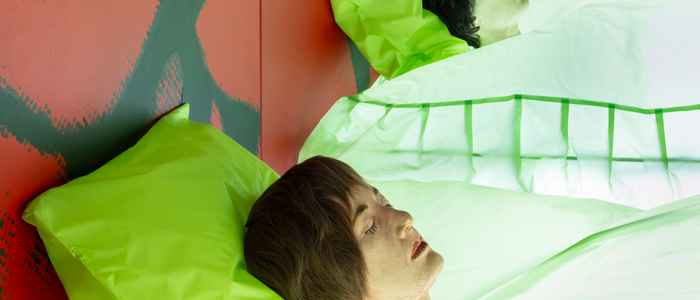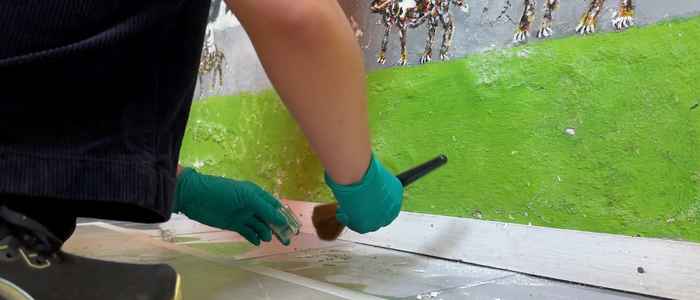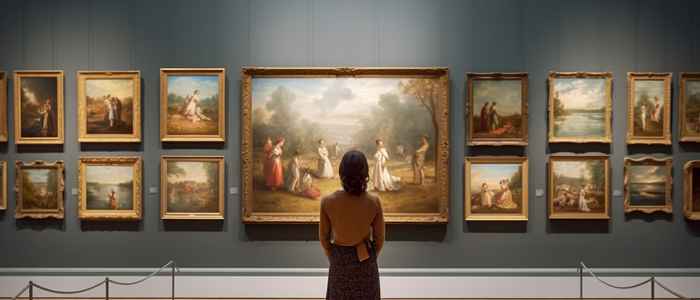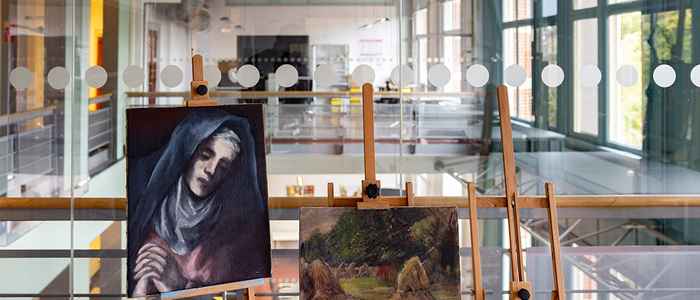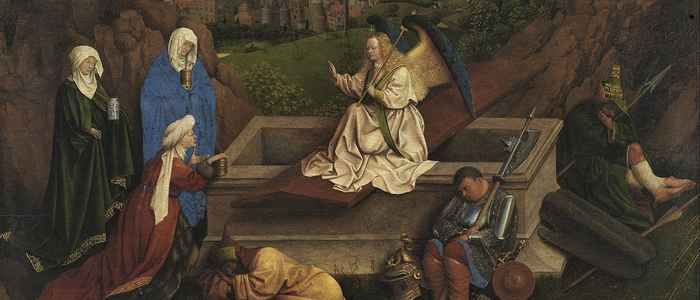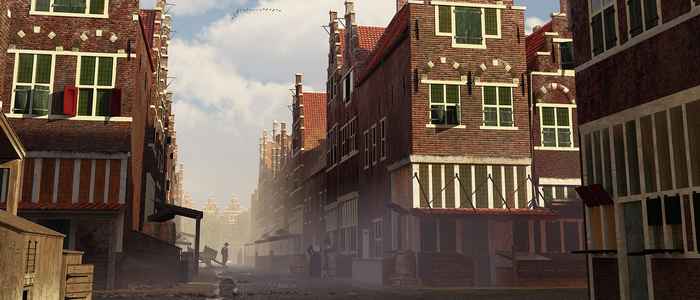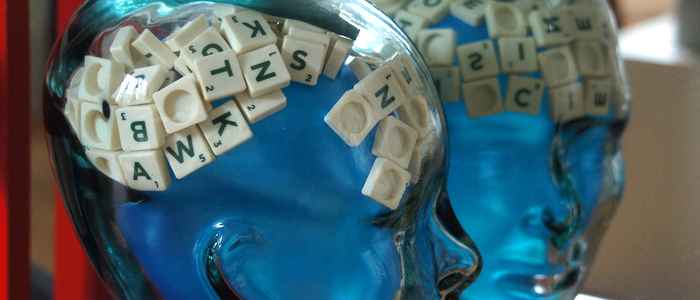The Conservation and Restoration of Cultural Heritage programme provides an all-round, interdisciplinary and academic education in the practical, theoretical and scientific aspects of the profession. While some of the work is carried out in the Ateliergebouw near the Rijksmuseum, part of the programme’s nine specialisations and the track Technical Art History now take place in several lab facilities at the Humanities Labs.
Three Conservation and Restoration Labs
In the Reconstruction Lab, Technical Art History students study chemicals and pigments with the aid of small instruments. They are taught an integrated approach in which material-technical data is linked to archival, stylistic and iconographic research, which reveals the function, meaning and provenance of artefacts.
In the Techniques Lab, attention is paid to making techniques, on the one hand to understand how objects are made, and on the other hand to train manual dexterity. These techniques are relevant for various tracks, including Book and Paper, Glass and Ceramics, Metals, and Textiles.
Finally, the Media Art Conservation Lab is part of a new module within the specialisation Contemporary Art. Here, students learn how to handle display equipment, from operation to set-up and maintenance.
